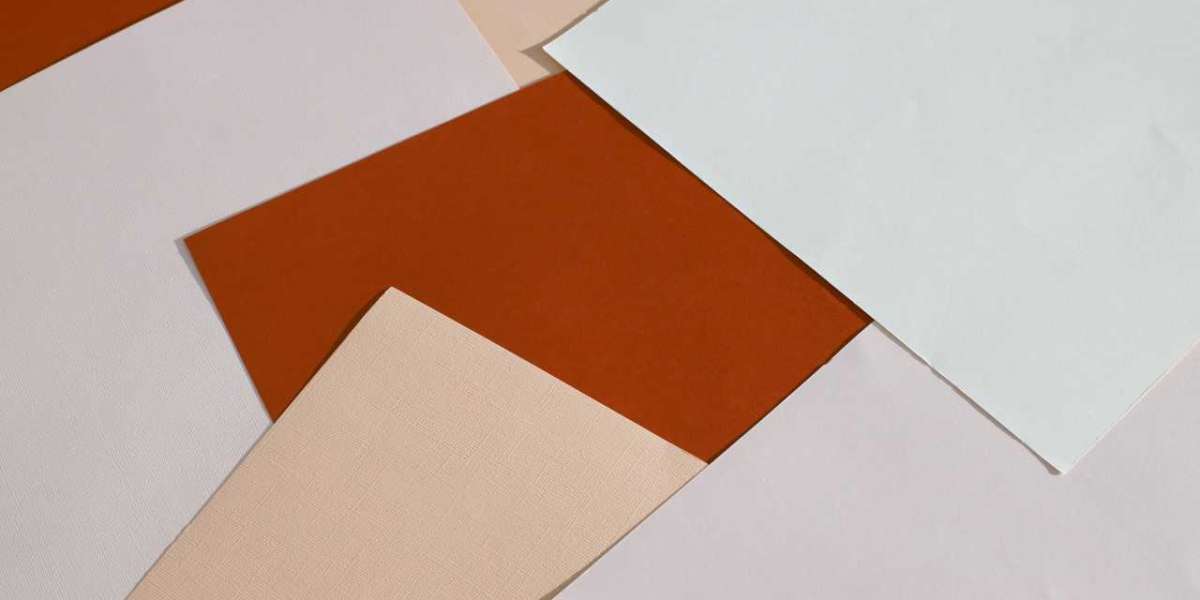Introduction
In today's rapidly advancing world, technology has permeated every aspect of our lives, including dentistry. The advent of dental digital design has revolutionized the way dental procedures are carried out, offering precision, efficiency, and customization like never before.
What is Dental Digital Design?
Dental digital design refers to the utilization of advanced digital technologies in various aspects of dentistry, ranging from diagnosis to treatment planning and fabrication of dental prosthetics. It encompasses a range of technologies, including digital imaging, computer-aided design (CAD), computer-aided manufacturing (CAM), and 3D printing.
Evolution of Dental Digital Design
The journey of dental digital design traces back to the introduction of digital imaging techniques in dentistry, which enabled more accurate diagnosis and treatment planning. Over the years, with advancements in technology, the scope of digital design in dentistry has expanded exponentially, leading to the development of sophisticated CAD/CAM systems and 3D printing solutions.
Applications in Modern Dentistry
The applications of dental digital design in modern dentistry are multifaceted. From creating precise digital impressions of patients' teeth to designing and fabricating dental restorations such as crowns, bridges, and implants, digital technologies have significantly enhanced the efficiency and accuracy of dental procedures.
Understanding Dental Digital Design
Dental digital design encompasses a broad spectrum of technologies and methodologies aimed at improving various aspects of dental care. By harnessing the power of digital tools, dentists can achieve unprecedented levels of precision and efficiency in their practice.
Key Components of Dental Digital Design
Digital imaging and scanning play a pivotal role in dental digital design by enabling dentists to capture detailed images of patients' oral structures. CAD/CAM technology facilitates the design and manufacturing of dental restorations with remarkable accuracy, while 3D printing and milling techniques offer unparalleled customization and versatility.
Benefits of Dental Digital Design
The adoption of dental digital design offers numerous benefits for both dental practitioners and patients alike. By eliminating the need for traditional, time-consuming methods, digital design streamlines the workflow in dental clinics, resulting in enhanced productivity and patient satisfaction.
Challenges in Dental Digital Design
Despite its numerous advantages, the integration of dental digital design into traditional dental practices poses certain challenges. Initial investment costs, coupled with the need for comprehensive training and education, may deter some practitioners from embracing digital technologies fully.
Future Trends in Dental Digital Design
Looking ahead, the future of dental digital design holds immense promise, with emerging technologies such as artificial intelligence (AI) and augmented reality (AR) poised to further revolutionize the field of dentistry. AI-powered diagnostic tools and AR-assisted treatment planning are expected to become commonplace, enhancing the precision and efficacy of dental procedures.
FAQs
How does dental digital design improve the accuracy of dental restorations?
- Dental digital design utilizes advanced imaging and CAD/CAM technologies to create highly precise digital models of patients' teeth, enabling dentists to design and fabricate custom-made restorations with exceptional accuracy.
Is dental digital design suitable for all types of dental procedures?
- While dental digital design has numerous applications across various dental procedures, its suitability may vary depending on the specific case and the dentist's expertise. Consultation with a qualified dental professional is recommended to determine the most appropriate treatment approach.
What are the primary advantages of CAD/CAM technology in dentistry?
- CAD/CAM technology offers several advantages in dentistry, including improved precision, faster turnaround times, and enhanced customization of dental restorations. Additionally, CAD/CAM systems enable dentists to create digital designs with intricate details that may not be achievable through traditional methods.
Are there any limitations to the use of dental digital design?
- While dental digital design offers numerous benefits, it is not without its limitations. Factors such as initial investment costs, technical complexities, and the need for ongoing training and support may pose challenges for some dental practices.
How can dental clinics transition to digital workflows effectively?
- Transitioning to digital workflows requires careful planning and investment in appropriate technologies and training programs. Dental clinics should assess their specific needs and goals, seek guidance from experienced professionals, and gradually implement digital solutions to ensure a smooth transition.
What role does 3D printing play in dental digital design?
- 3D printing technology enables dental laboratories to fabricate dental prosthetics and appliances directly from digital designs, offering unparalleled accuracy and customization. By bypassing traditional manufacturing processes, 3D printing streamlines production workflows and enhances the overall efficiency of dental laboratories.
Conclusion
In conclusion, dental digital design represents a paradigm shift in the field of dentistry, offering unprecedented levels of precision, efficiency, and customization. By leveraging advanced digital technologies, dental practitioners can enhance the quality of care they provide and ensure optimal outcomes for their patients.








